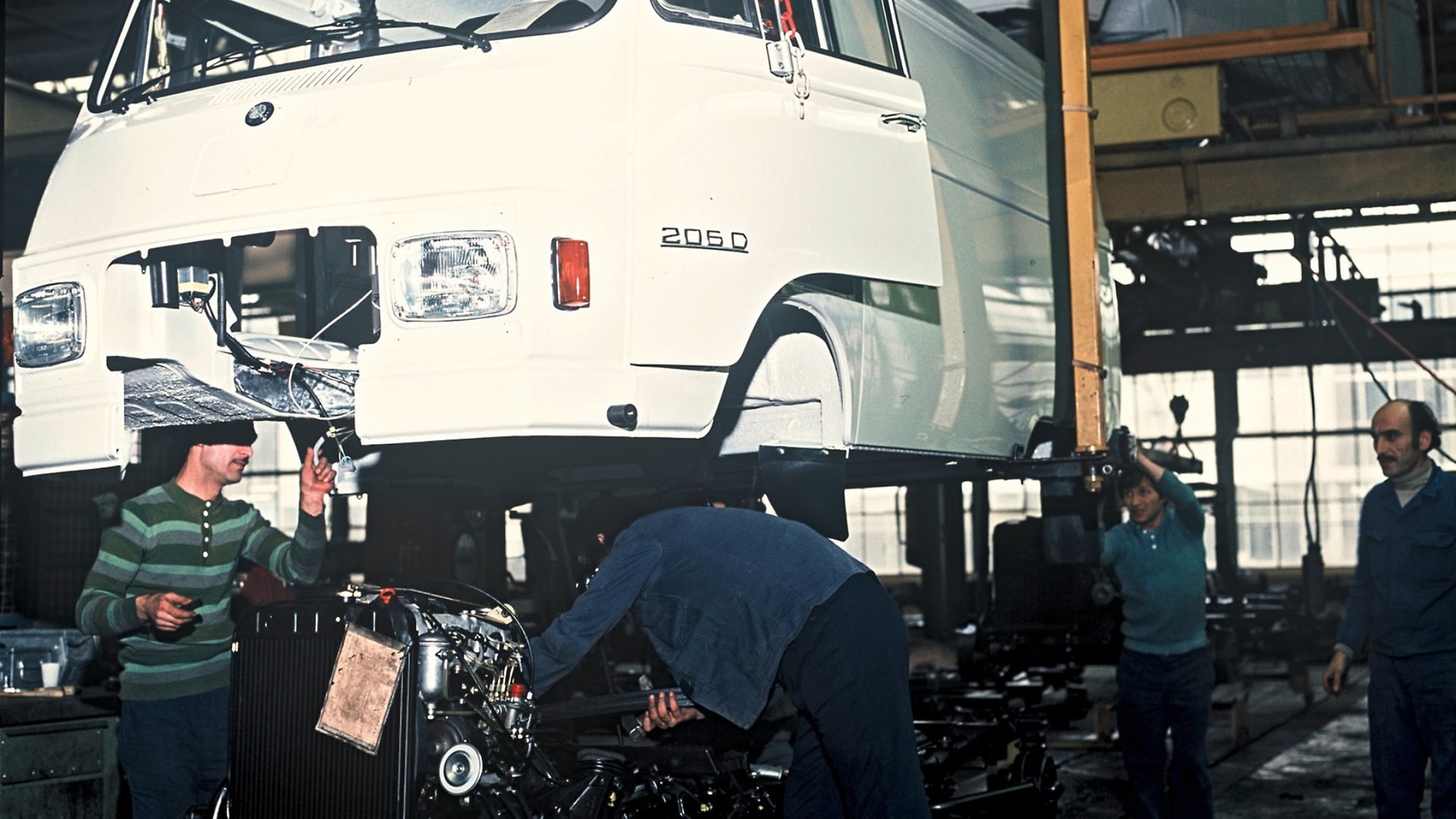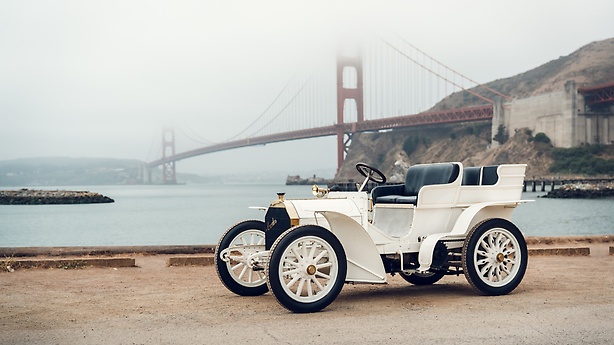With the significant increase in sales and production in the 1960s and 1970s the company continued the steady upward trend that had prevailed since war's end and was not even interrupted by the oil crisis of 1973, an unusually difficult year for the international automotive industry.
With new structures and model series Daimler Benz opened up new dimensions in the car and truck sectors. The company continued to aspire to offer premium products like the S-Class in all divisions and segments. In this way it managed to continuously extend the basis of its business.
In the commercial-vehicle sector, where a major role was played by Hanns Martin Schleyer, the company’s leading position in the automotive industry was consolidated through the expansion of the Wörth plant, the takeover of the commercial vehicle-sales company of Krupp in 1968 and the commercial-vehicle manufacturer Hanomag-Henschel in 1969, together with its production facilities in Kassel, Bremen and Hamburg-Harburg, and the purchase of heavy-duty truck makers Euclid in 1977 and Freightliner in 1981.
,xPosition=0,yPosition=0.5)

,xPosition=0.5,yPosition=0)
,xPosition=0.5,yPosition=0)
,xPosition=0.5,yPosition=0)